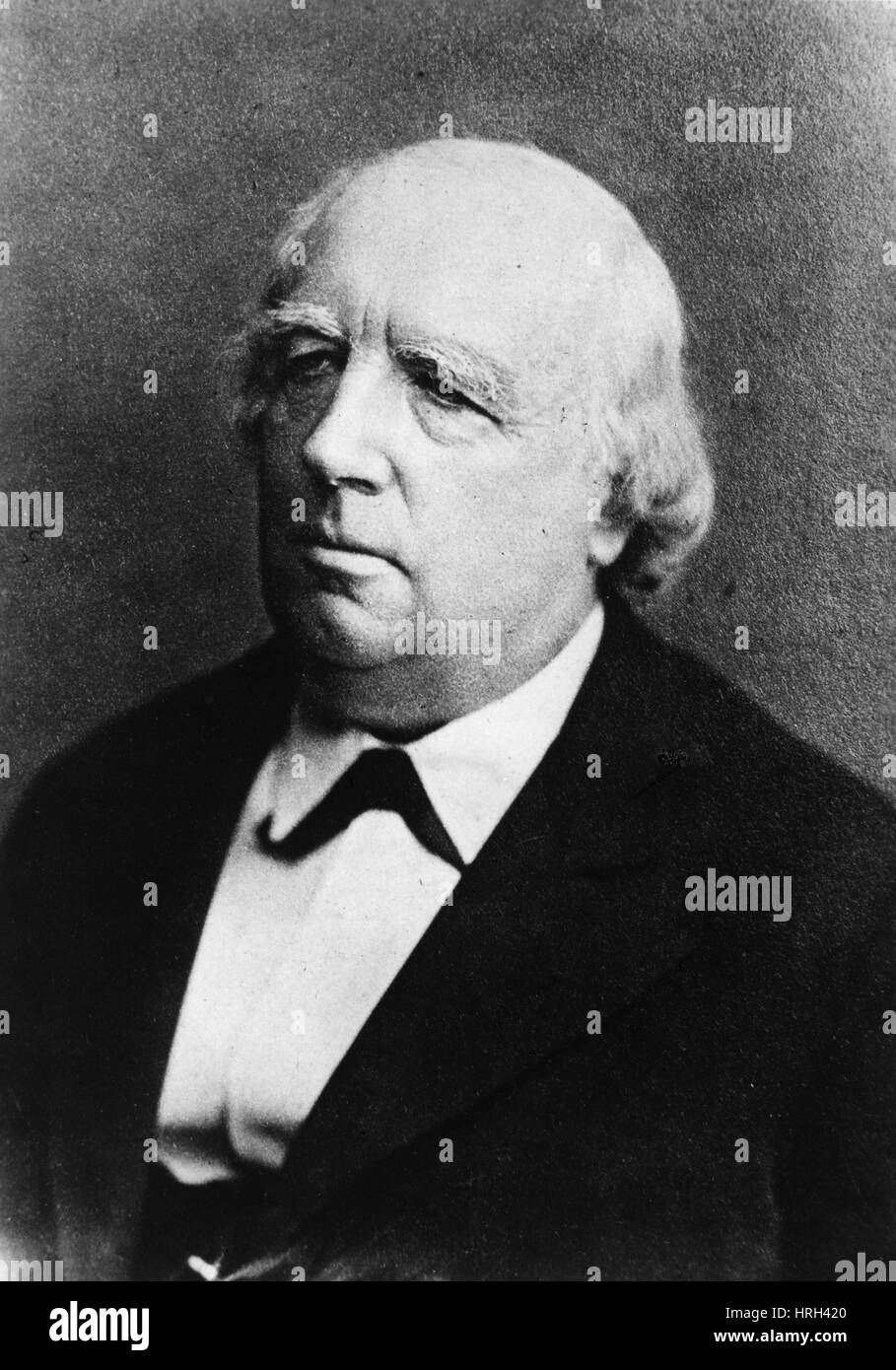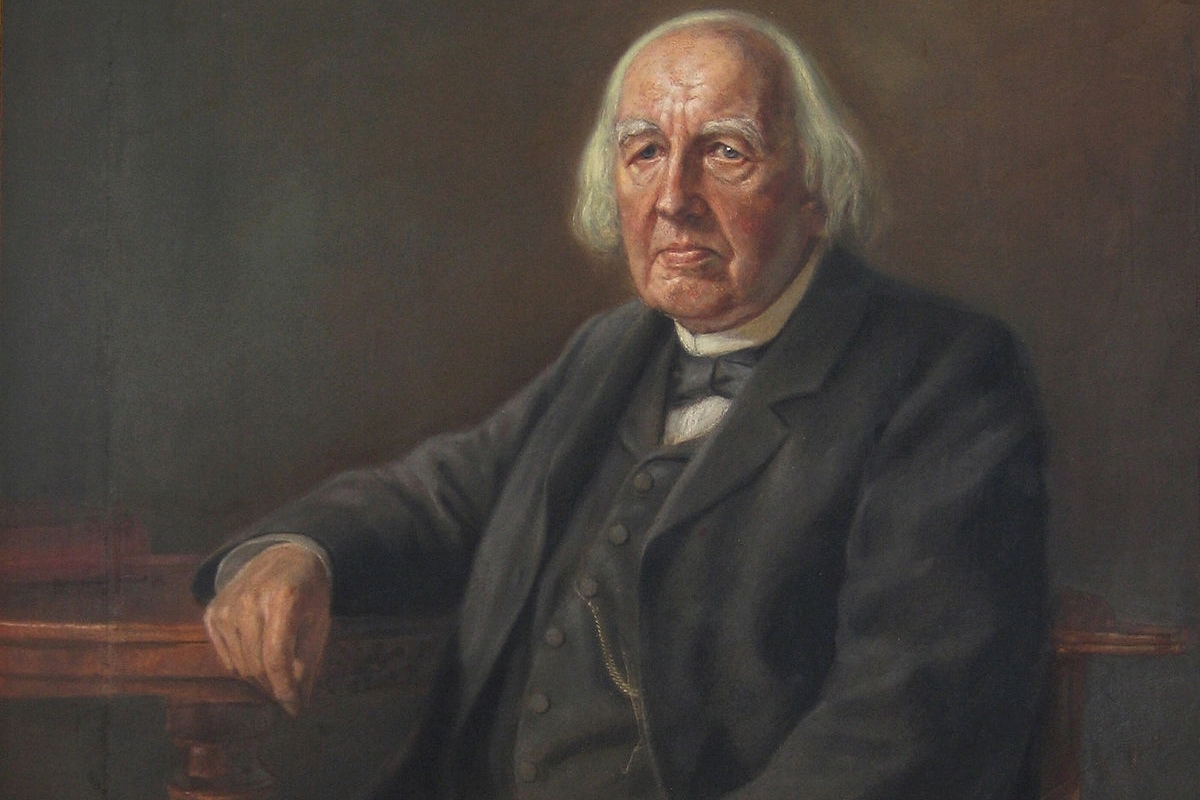
Have you ever paused to consider the individuals who have significantly influenced the development of modern mathematics? One such pivotal figure is **Karl Weierstrass**, a renowned German mathematician whose innovative contributions to the theory of functions have profoundly impacted the mathematical landscape we recognize today. Weierstrass is often celebrated as the father of modern analysis due to his rigorous approach to calculus and the formalization of concepts that were previously considered intuitive. In this article, we will explore his fascinating life, delve into his groundbreaking work, and examine the lasting legacy he has left on the field of mathematics. Through his dedication and intellectual prowess, Weierstrass not only advanced mathematical theory but also laid the foundation for future generations of mathematicians to build upon. Join us as we uncover the remarkable story of this influential figure and the transformative ideas he introduced to the world of mathematics.
Early Life and Education

Born into a Mathematical Legacy
Karl Weierstrass entered the world on October 31, 1815, in the quaint town of Ostenfelde, located in Bavaria. From an early age, his father envisioned a bright future for him, one that revolved around a prestigious career in law and finance. However, young Karl had a different path in mind. Instead of following in his father’s footsteps and immersing himself in legal studies, he felt an irresistible pull towards the fascinating realm of mathematics. This passion would ultimately define his life and career, setting him apart as one of the most influential mathematicians of his time.
The University of Bonn: A Detour
At the tender age of 19, Weierstrass made the significant decision to enroll at the University of Bonn. However, his experience there turned out to be quite different from what one might expect from a dedicated student. Rather than focusing on his studies, he found himself more captivated by the social scene and the thrill of fencing. After four years of this lifestyle, he left the university without earning a degree, which must have been a source of considerable pressure and disappointment for him. Yet, this apparent setback did not dissuade him; instead, it marked the beginning of a remarkable journey that would lead him to become a pivotal figure in the field of mathematics.
Finding His Path in Mathematics

The Profound Influence of Cristof Gudermann
In the year 1839, the young mathematician Karl Weierstrass took a significant step in his academic journey by enrolling at the Academy of Münster. It was here that he encountered the influential figure of Cristof Gudermann, a professor whose enthusiasm for mathematics would leave a lasting impact on Weierstrass. Gudermann’s teaching style and deep understanding of mathematical concepts sparked a fervent interest in Weierstrass, particularly in the intricate realm of theory of functions. Under Gudermann’s mentorship, Weierstrass delved into the captivating study of elliptic functions and the complexities of power series, laying the groundwork for his future contributions to mathematics.
A Dedicated Teaching Career: A 14-Year Journey
After successfully obtaining his teacher’s certificate in 1841, Weierstrass embarked on a substantial teaching career that would span 14 years. His first position was at the Pro-Gymnasium in Deutsche Krone, followed by a role at the esteemed Collegium Hoseanum in Braunsberg. Although Weierstrass found himself somewhat isolated from the broader mathematical community during this period, he remained steadfast in his commitment to rigorous analysis and the pursuit of mathematical knowledge. His dedication to teaching and research during these formative years would ultimately shape his future as one of the most influential mathematicians of his time.
The Arithmetization of Analysis

Understanding Arithmetization in Mathematics
One of the most pivotal contributions made by the renowned mathematician Karl Weierstrass was the concept known as the arithmetization of analysis. This groundbreaking idea sought to establish a robust and reliable foundation for the field of mathematical analysis, firmly rooted in the principles of the real number system. To illustrate this concept, one might compare it to constructing a house; just as a sturdy foundation is essential to support the entire structure, a solid basis in real numbers is crucial for the integrity and validity of analytical methods and theories.
The Fascinating Continuous Yet Non-Differentiable Function
In the year 1861, Weierstrass made a remarkable discovery by introducing a function that was continuous at every point yet lacked differentiability at any point. This astonishing revelation sent ripples of excitement and confusion throughout the mathematical community. It was akin to uncovering a breathtaking piece of art that, despite its beauty, defied conventional framing—captivating yet enigmatic! This discovery challenged long-held beliefs about the nature of functions and opened up new avenues for exploration in mathematical analysis, prompting mathematicians to rethink the very definitions and properties of continuity and differentiability.
Weierstrass’s Major Contributions

Abelian Functions and Beyond
Weierstrass’s work was heavily influenced by the earlier mathematicians Niels Abel and Carl Jacobi. He sought to complete their work on Abelian functions and multiple periodic functions. His memoir on these topics published in Crelle’s Journal in 1854 marked his emergence from obscurity.
Honorary Recognition
Following the publication of his memoir, the University of Königsberg awarded him an honorary doctorate. This recognition opened doors for him, leading to a position at the Royal Polytechnic School in Berlin in 1856.
Legacy of Weierstrass

Influence on Future Generations
Weierstrass may not have published extensively, but his lectures were compiled into Gesammelte Abhandlungen, an eight-volume collection of his works. His influence is perhaps best seen through his students, like Sofya Kovalevskaya, who became prominent mathematicians in their own right.
Key Areas of Contribution
| Area of Contribution | Description |
|---|---|
| Convergence of Series | Developed tests to determine the convergence of infinite series. |
| Theory of Functions | Advanced the study of periodic functions and functions of real variables. |
| Calculus of Variations | Contributed significantly to the calculus of variations, a field concerned with optimizing functionals. |
| Bilinear and Quadratic Forms | Made advancements in the theory of bilinear and quadratic forms. |

Karl Weierstrass’s journey from a law student to a mathematical giant is nothing short of inspiring. His rigorous approach to analysis and his groundbreaking discoveries laid the foundation for modern mathematics. So next time you delve into the world of functions or calculus, remember the name Karl Weierstrass. His legacy continues to influence mathematicians and students alike, proving that sometimes, the road less traveled leads to the most remarkable destinations.

